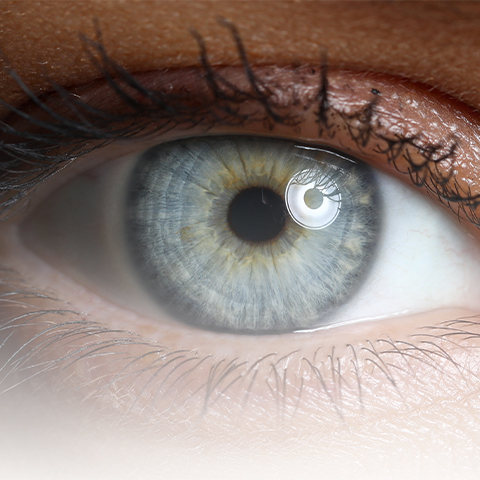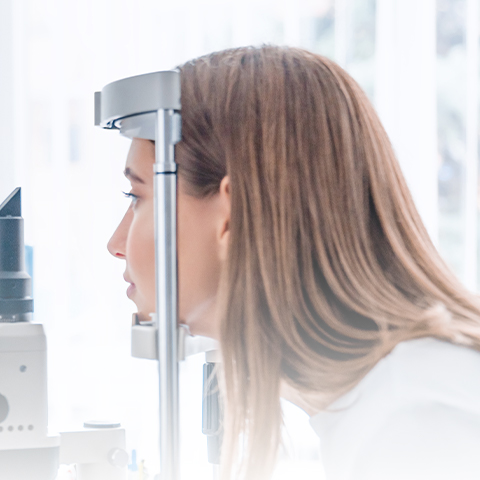Irritating, Uncomfortable Eyes
We use our eyes all day long, but we rarely think of them—unless they’re uncomfortable, and then they’re all we think about.
Dry eye is a chronic, common, and uncomfortable condition, impacting more than 16 million Americans. Not only is it irritating, but it can really put a damper on your daily activities. Dry eyes can decrease your quality of life and hinder productivity.
But relief is available! Book an exam today for a comprehensive eye exam to diagnose your dry eye symptoms. While the condition is rarely serious on its own, it can lead to long-term infections and eye damage down the road. Any time your eyes are uncomfortable, it’s best to pay us a visit and rule out more problematic conditions.
Book AppointmentClick our Dry Eye Rescue button and use discount code VISIONARY20 for 20% off your first purchase!
Symptoms of Dry Eye
Dry eye symptoms generally occur in both eyes at the same time and can include:
- Stinging or burning
- Gritty or scratchy feeling
- Foreign body sensation
- Red or watery eyes
- Blurry vision
- Sensitivity to light
- Eye fatigue
- Stringy mucus in or around your eyes
- Discomfort when wearing contacts
If you are experiencing any of these symptoms, book your appointment to find relief today.
Book Appointment
What Is Dry Eye Syndrome?
Dry eye is exactly what it sounds like—it occurs when your eyes aren’t producing enough lubrication to keep them moist and comfortable.
There are 2 main types of dry eye. The first—and least common—occurs when the eyes simply don’t produce enough tears. The second occurs when the tears are of poor quality.
Decreased Tear Production
Reasons for decreased tear production are varied and might include:
- Contact lens wear
- Normal aging
- Medications such as antihistamines or antidepressants
- Medical conditions such as lupus, rheumatoid arthritis, or Sjögren’s Syndrome
- Recent laser vision correction surgery
Poor Quality Tears
Good quality tears depend on a balanced and effective tear film. The tear film is made up of 3 layers—a mucus layer to spread the tears over the surface of the eye, a water layer to hydrate the eye, and an oil layer to keep the water from evaporating too quickly. If there’s an imbalance in the tear film, dry eye syndrome can result.
The tiny glands along the top and bottom edges of the eyelids, called the meibomian glands, are responsible for producing the oil layer of your tear film. Blockages in these glands can cause a reduction in the amount of oil produced, leading to dry eyes.
When we diagnose your dry eye syndrome, we’ll also look at the condition of your meibomian glands and recommend treatment options if they’re not functioning properly.
Finding Relief From Dry Eyes
No matter the cause of your dry eye, relief is available! We offer customized treatment options tailored to your unique needs.
Get clear, comfortable vision today!
Book AppointmentOur Brands





















